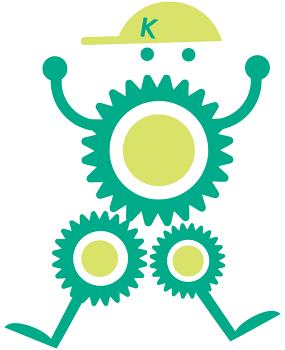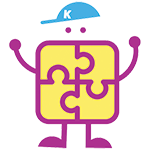How do I tell whether my nursing baby is getting enough breastmilk?
As a Lactation Consultant, one of the number one questions I get asked by nursing mamas is: “How do I tell whether my baby is getting enough breastmilk?”.
The fear of not having enough milk is the number one reason why mothers begin to supplement and question their breastfeeding journey.
Here are a few ways to be sure baby is getting all they need:
The first way we can tell whether your baby is getting enough input is by watching for output. The nurses in the hospital or your midwife may give you a useful chart to mark down the number of pees and poos your baby is having.
Day 1
On day one, your baby should have at least one pee and most likely one big poo. This poo will be sticky, thick and tar-like. This is the meconium which is clearing itself from baby’s system.
Day 2
On the second day we want to see at least two pees and two poos.
Day 3
On the third day, we need three pees and the poo should begin to transition in colour and may be more brown or dark green.
It is important to note that the number of poos is not a huge concern. Rather it is the colour of the poos and the transition into the Dijon mustardy colour poo that is most important.
Day 4
We continue to day four where we need to see the baby having four poos….you can see a trend!
Day 5
On day five we should see five pees and the poo should definitely have transitioned in colour.
Day 6 onwards ..
From day six and onwards baby should have six to eight heavy wet diapers and as many poos as they need to have (please note that some babies will poo all the time while others only go every few days…..both of those scenarios are perfect!).
While measuring diaper output is helpful, often we only know that we are running into issues when we realize output is not sufficient.
This may mean we are noticing that baby is not getting enough milk a few days too late and is the reason why it is so important to be able to tell the difference between a suck and a drink. As early as minutes old we can begin to tell whether our baby is getting enough by WATCHING what he or she does at the breast.
A baby will either suck and get no milk or drink well and get lots of milk. The drink is a long pause in the chin which is different from the small flutters that you will see when a baby is only sucking.
Being able to tell the difference is crucial as we can better manage the feeds and can be sure that baby has had a robust feed.
In addition, when mothers watch what their baby is doing at the breast, versus being consumed by numbers and apps and the time, they tend to be more in tune with their own milk supply and baby’s needs.
If you feel you haven’t been taught – Ask!
If you feel you have not been taught the concept of sucking versus drinking then make sure to get good help as soon as you can. Ask your nurse, midwife or doctor or seek out expert help from an experienced International Board Certified Lactation Consultant.
A final way to tell that baby is getting enough is via weight gain.
Please know that pre and post feeding weights are not an accurate way to measure input. Often a baby has a whole bowel movement in their little bellies and they let it loose before or after these precarious weight checks.
It would be better to skip these weigh-ins and learn how to tell the difference between a suck and a drink.
Weight checks that are done every few days or weeks, however, can be a more accurate reading of whether your baby is getting the milk they need to grow.
Your midwife or pediatrician will track baby’s growth on the growth curve and alert you to any concerns they may have.
Overall it is important to remember that your baby is unique and they may not gain weight the same way as your friend’s baby or even your first baby.
Keep an eye on the bigger picture
As long as we can see they are drinking well, outputting well, sleeping well and that they are content at the breast and sink into their delicious feeds chances are they are getting enough milk.





































